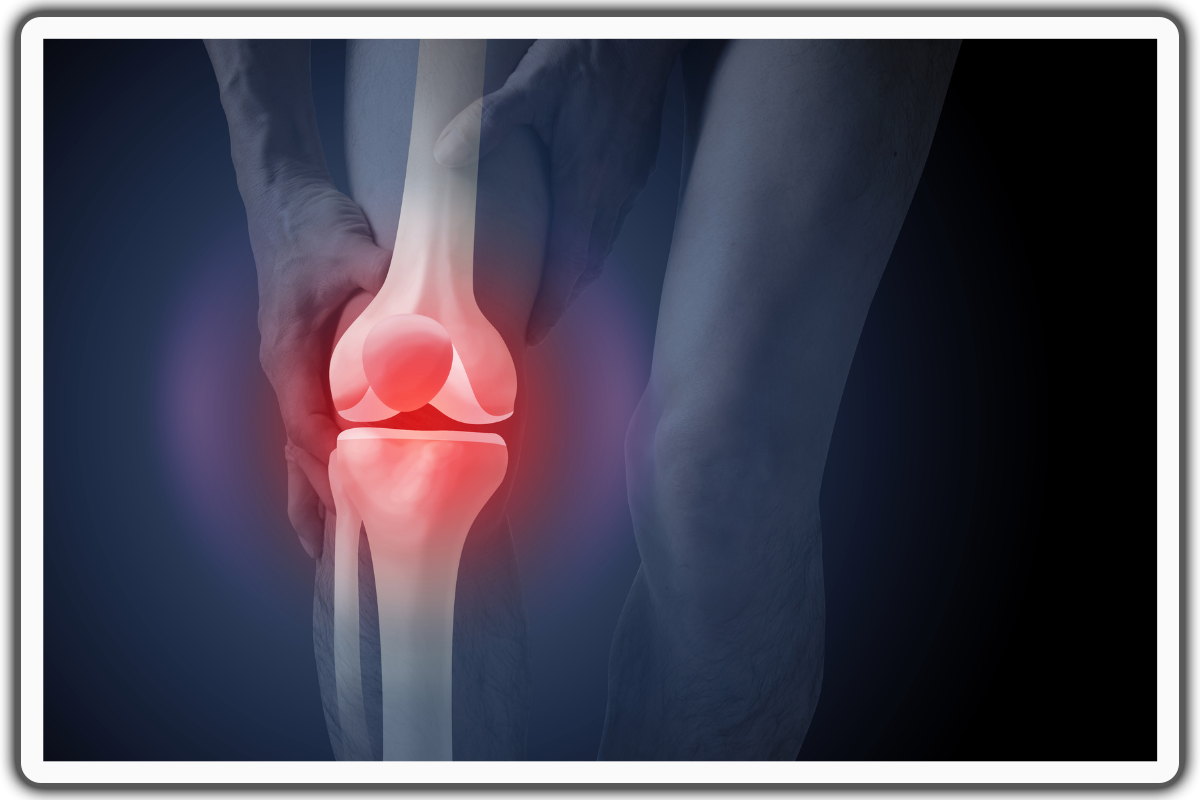
Tendon vs. Ligament: Understanding the Differences
Hey there! Let's talk about something super interesting today—tendons and ligaments. You're in the right place if you've ever wondered what makes them different. I’ll share my insights with a sprinkle of personal experience and some cool visuals to keep things engaging.
Have you ever sprained a knee joint or an ankle or pulled a muscle? If so, you've likely encountered the wonders of tendons and ligaments. They might sound like they belong in a medical textbook, but understanding them can be quite simple and beneficial.
What Are Tendons?
Tendons are like the sturdy ropes in our bodies, connecting muscles to our bones and helping us move. Think of them as the body’s natural pulleys. For example, the Achilles tendon attaches your calf muscles to your heel bone and is a vital player in walking, running, and jumping.
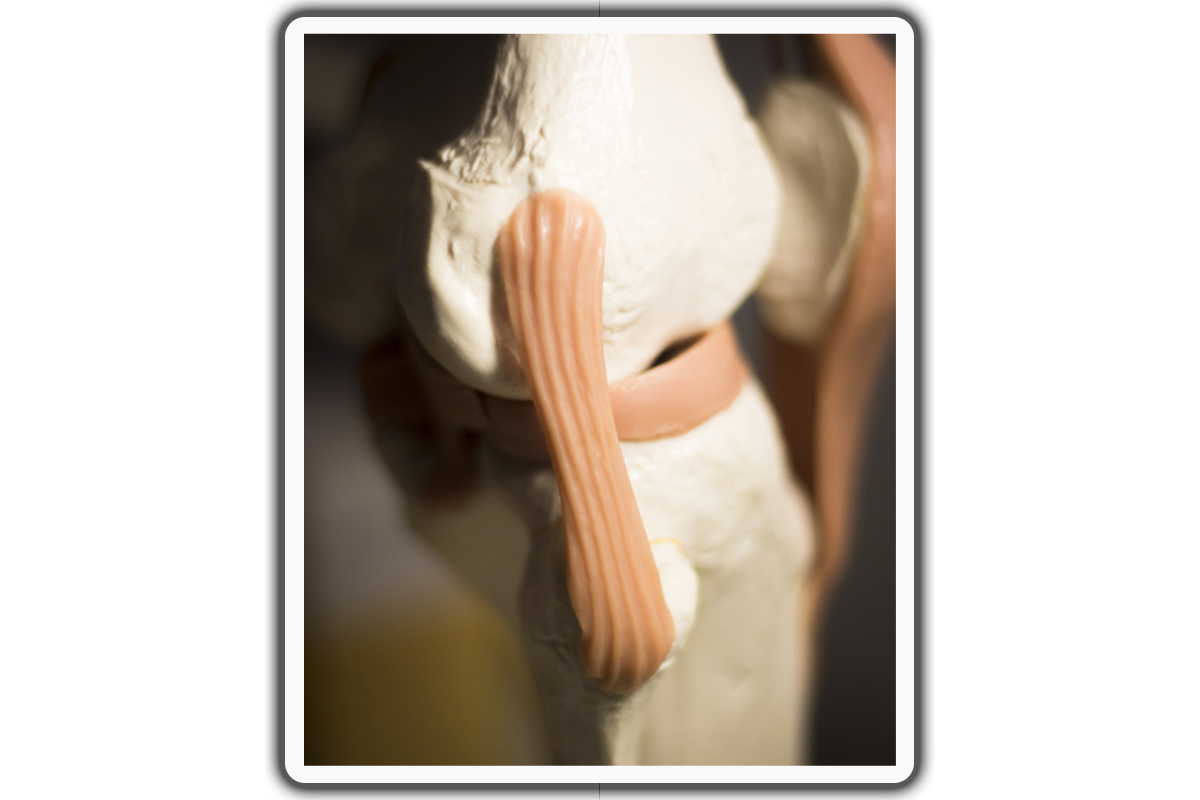
What Are Ligaments?
Ligaments, on the other hand, are the flexible bands that hold our bones together at the joints; ligaments attach bone to bone. They provide stability and prevent our joints from moving in the wrong direction. The ACL (anterior cruciate ligament) in the knee is a famous example—it’s crucial for keeping your knee stable.
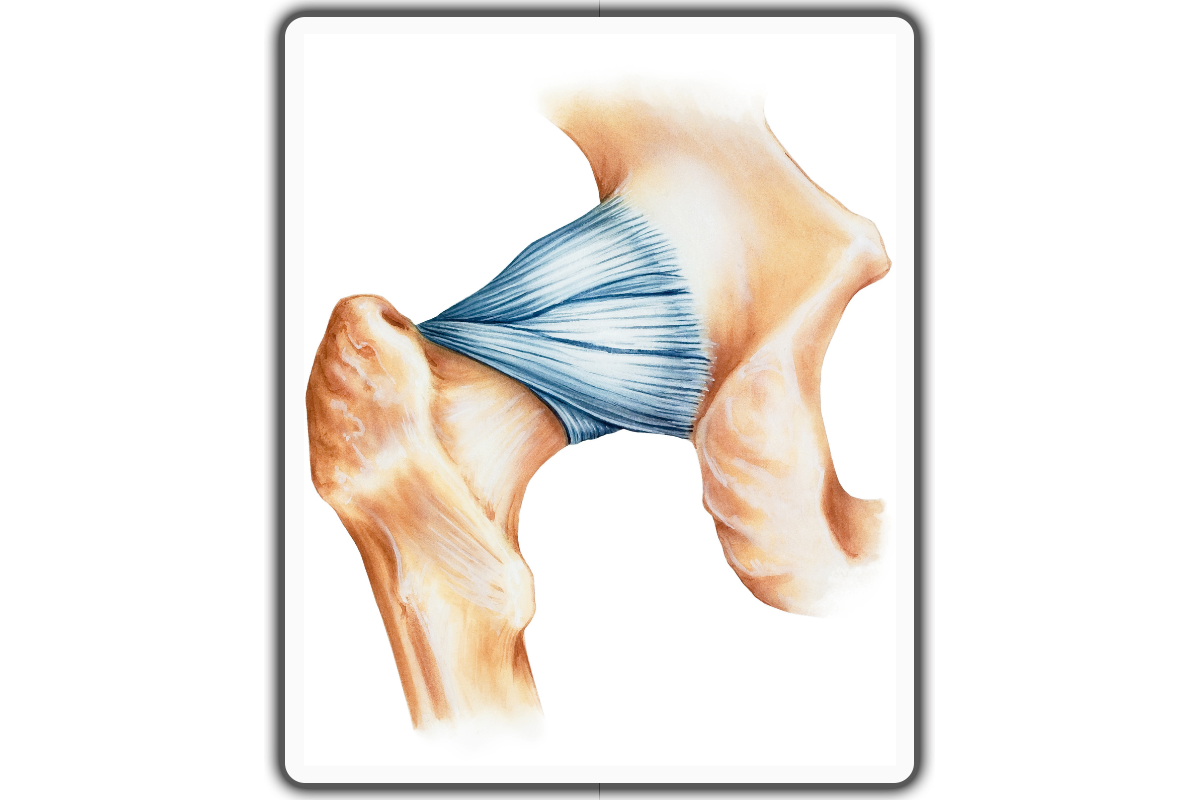
How Tendons and Ligaments Work Together
Tendons and ligaments are two types of connective tissues that play crucial roles in our body’s movement and stability. Tendons connect muscles to bones, acting as the body’s natural pulleys, while ligaments connect bones to other bones, providing essential joint stability.
Imagine you’re bending your knee. The quadriceps muscle contracts, pulling on the patellar tendon, which then pulls on the tibia bone, causing the knee to bend. Simultaneously, the ligaments surrounding the knee joint, such as the anterior cruciate ligament (ACL), stabilize the joint, preventing excessive movement. This harmonious relationship between tendons and ligaments ensures that our movements are smooth and controlled.
This synergy is not limited to the knee joint. Whether lifting your arm, walking, or jumping, tendons and ligaments connect muscles and bones, stabilize joints, and facilitate efficient movement. Understanding this relationship helps us appreciate the importance of keeping these connective tissues healthy and strong.
Key Differences of Tendons vs. Ligaments
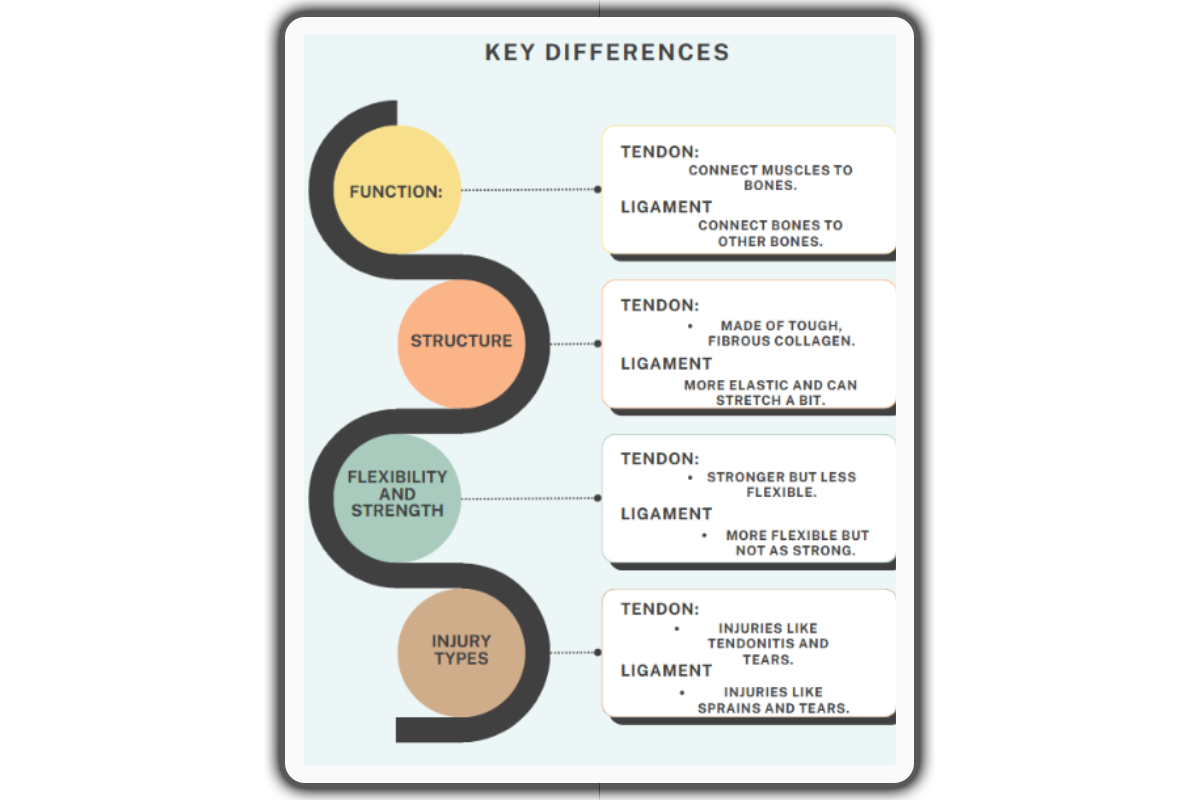
Tendons and ligaments are critical components of the musculoskeletal system but serve different functions. Tendons connect muscles to bones, aiding movement, while ligaments connect bones to other bones, providing joint strength.
Both tendons and ligaments are made of fibrous connective tissue, giving them strength and flexibility.
My Personal Experience
I remember spraining my ankle during a casual basketball game. It was my first real encounter with a ligament injury. The swelling and pain were no joke, but it taught me a lot about the importance of these connective tissues. Physical therapy played a massive role in my recovery, emphasizing the importance of understanding and caring for our tendons and ligaments.
Common Injuries and Treatments of the Achilles Tendon
Tendon injuries often involve inflammation (tendonitis) or tears, while ligament injuries usually result in sprains or tears. Treatment usually includes rest, ice, compression, elevation (RICE), physical therapy, and sometimes surgery. Rehabilitation focuses on restoring strength and flexibility.
Though Dr. Gabe Mirkin, the physician who coined the R.I.C.E. method in the 1970s, has revised his stance on the prolonged use of ice, suggesting that complete rest may not always be beneficial.
Diagnosing Tendon and Ligament Injuries
Diagnosing tendon and ligament injuries can be tricky, as their symptoms often mimic other conditions. However, a thorough medical history, physical examination, and imaging tests like X-rays, MRI, or ultrasound can help determine the issue.
During a physical examination, a doctor might look for tenderness, inflammation, and limited mobility in the affected area. Imaging tests can confirm the diagnosis and rule out other conditions. For instance, an MRI can reveal detailed images of severe tendon tears or ligament injuries, providing a clear picture of the damage.
In certain instances, a severe tendon or ligament injury may require surgery to repair or reconstruct the damaged tissue. Physical therapy is typically a key component of the recovery process, helping to regain strength and mobility in the affected area.
Seeking medical attention is essential if you experience any of the following symptoms:
- Sudden, sharp pain in the affected area
- Significant swelling or bruising
- Difficulty moving the joint or stiffness
- A popping or snapping sound at the time of injury
Early diagnosis and treatment are critical to preventing additional damage and supporting proper healing, helping to maintain the strength and functionality of your tendons and ligaments.
Preventive Measures
Staying injury-free is all about strengthening these tissues, including the calf muscle. Warm-up exercises, proper technique, and regular stretching can go a long way. Trust me, taking care of your body before it gets hurt is much easier than dealing with injuries later.
Here are 5 exercises that can help strengthen both tendons and ligaments and stabilize joints, helping you maintain a healthy, injury-free body:
1. Calf Raises
Calf raises are excellent for strengthening the Achilles tendon and the ligaments in your ankles.
For this exercise, you may use a chair for balance.
Begin in an upright standing position with your feet hip-width apart, maintaining good alignment with your head, shoulders, hips, and legs. Place your hands at the back of the chair. Engage your core and slowly raise your heels off the ground, balancing on the balls of your feet. Hold the position for several deep belly breaths, in through your nose and out through your mouth. Relax and repeat the movement with 10 repetitions.
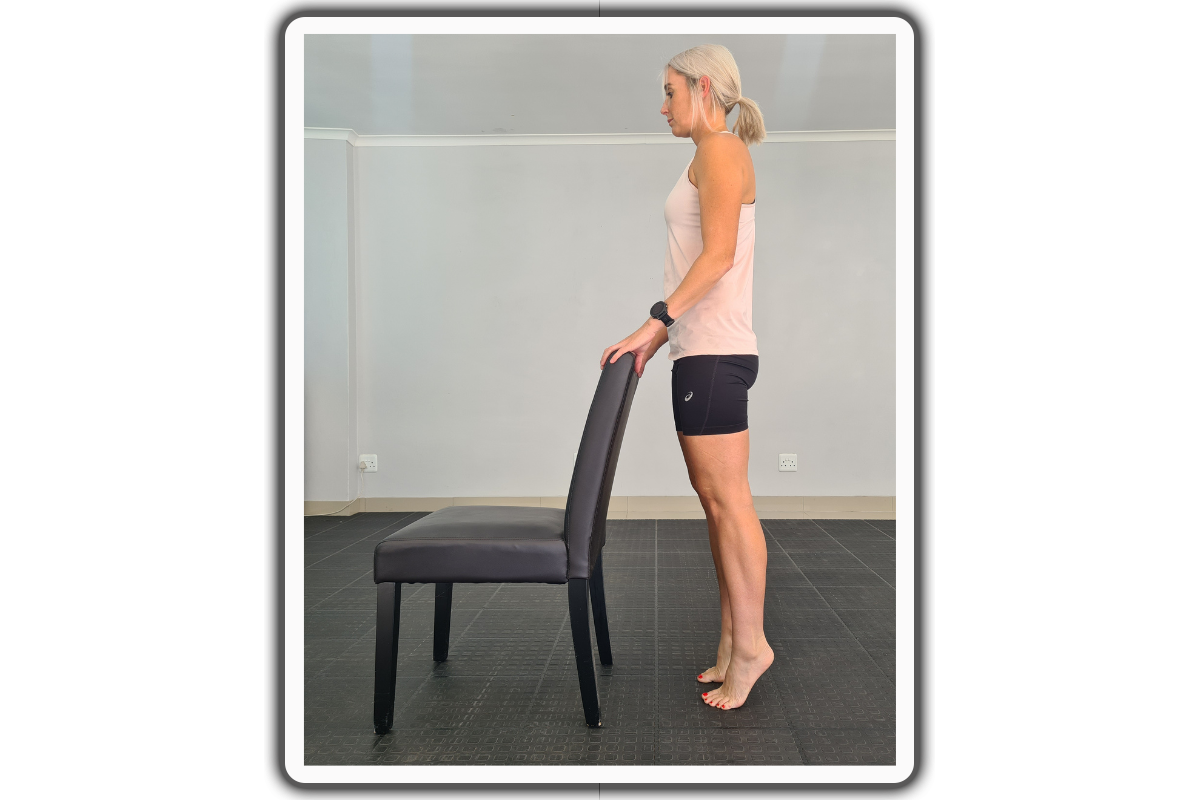
2. Hamstring Curls
These are great for the various ligaments and tendons in your knees, especially the ACL.
For this exercise, you may use a chair for balance if needed.
Begin in an upright standing position with your feet shoulder-width apart, maintaining good alignment with your head, shoulders, hips, and legs. Clasp your hands together at chest level. Engage your core and lift one heel towards your seat while keeping your knees close together. Lower your foot back to return to the starting position and repeat the movement on the opposite side. Complete 10-15 repetitions on each leg.
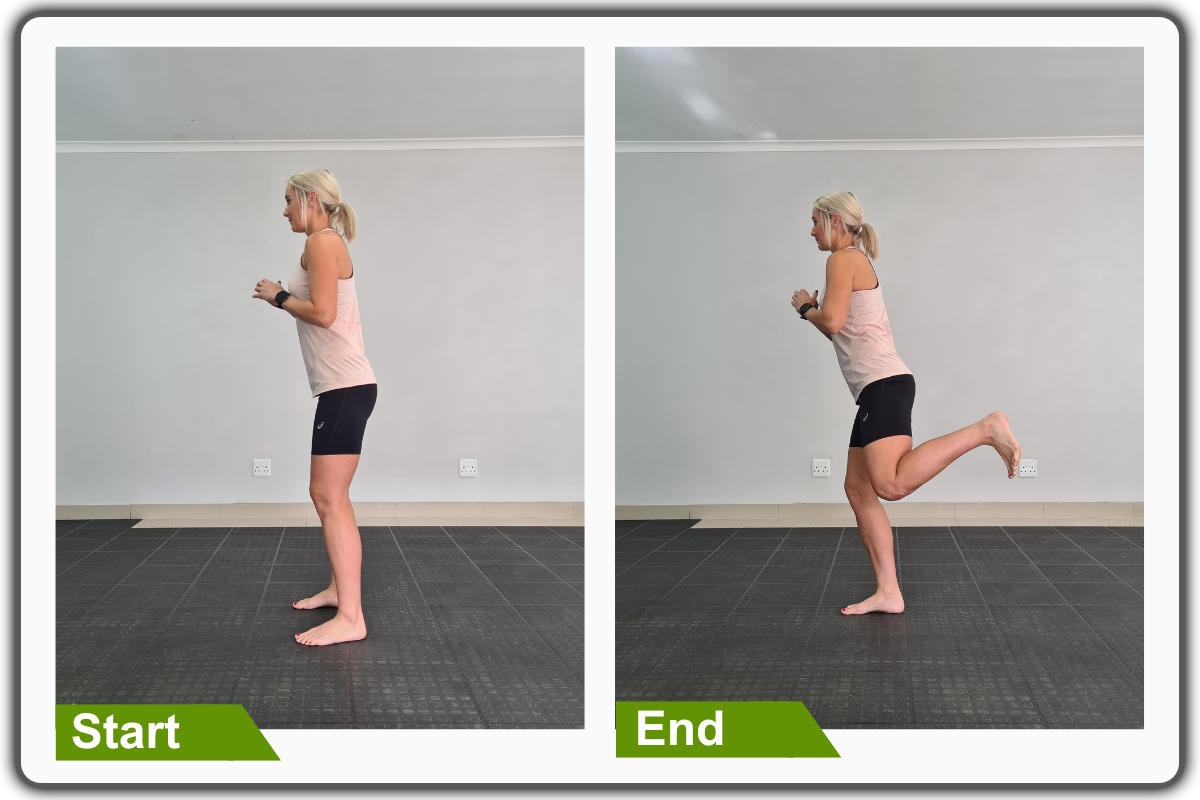
3. Toe and Heel Lifts
This exercise helps strengthen the tendons in other bones in your feet and the ligaments in your ankles.
For this exercise, you may use a chair for balance or do this movement in a seated position
Begin in an upright standing position with your feet shoulder-width apart, maintaining good alignment with your head, shoulders, hips, and legs. Place your hands on your hips. Engage your core and lift your toes on the floor while keeping your heels on the floor, then alternate the movement by tapping your toes on the floor while keeping your heels lifted. Alternately, repeat the movement for 30- 60 seconds.
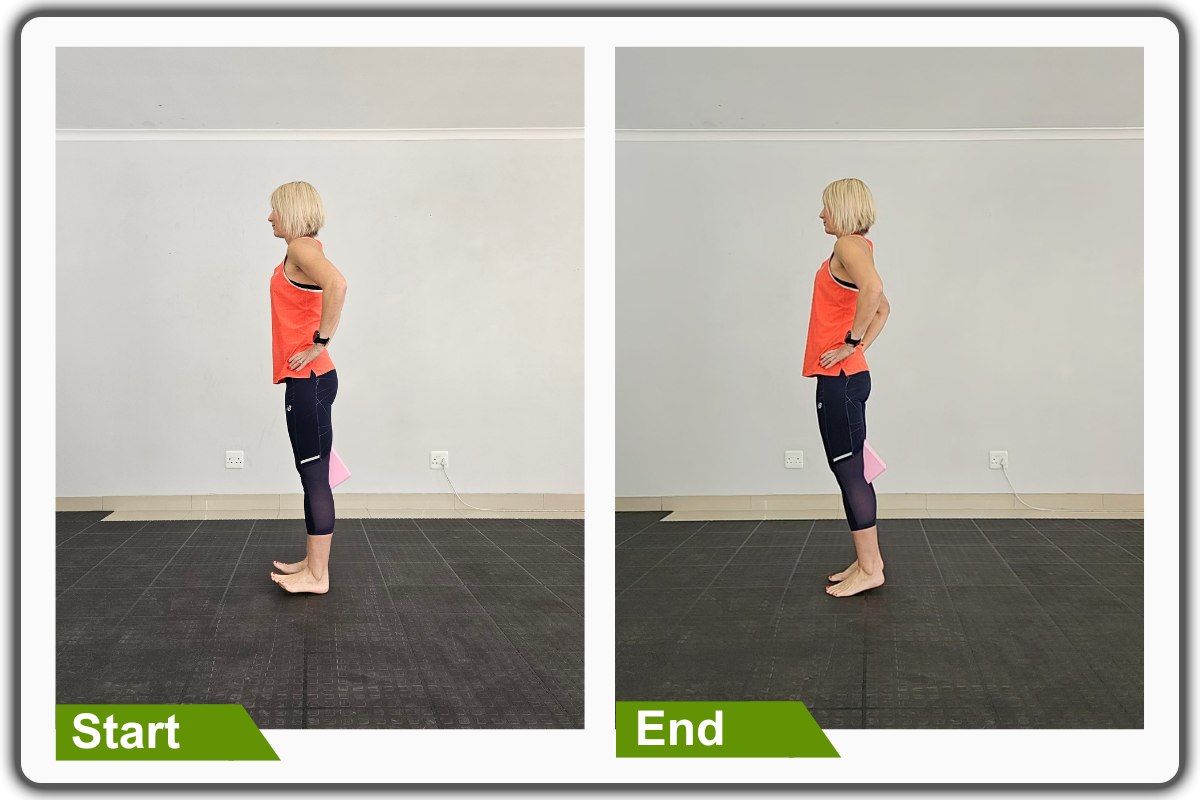
4. Resistance Band Side Steps
Side steps with a resistance band help strengthen the ligaments surrounding muscles in your hips and knees.
For this exercise, kindly use a mini-band
Begin in an upright standing position with your feet shoulder-width apart, maintaining good alignment with your head, shoulders, hips, and legs. Wrap the mini band around your shin and press your hands together at chest level. Engage your core and slightly bend your knees then, step to the side, stretching the mini band. Step back to the starting position and repeat the movements on each side for 15-20 repetitions.
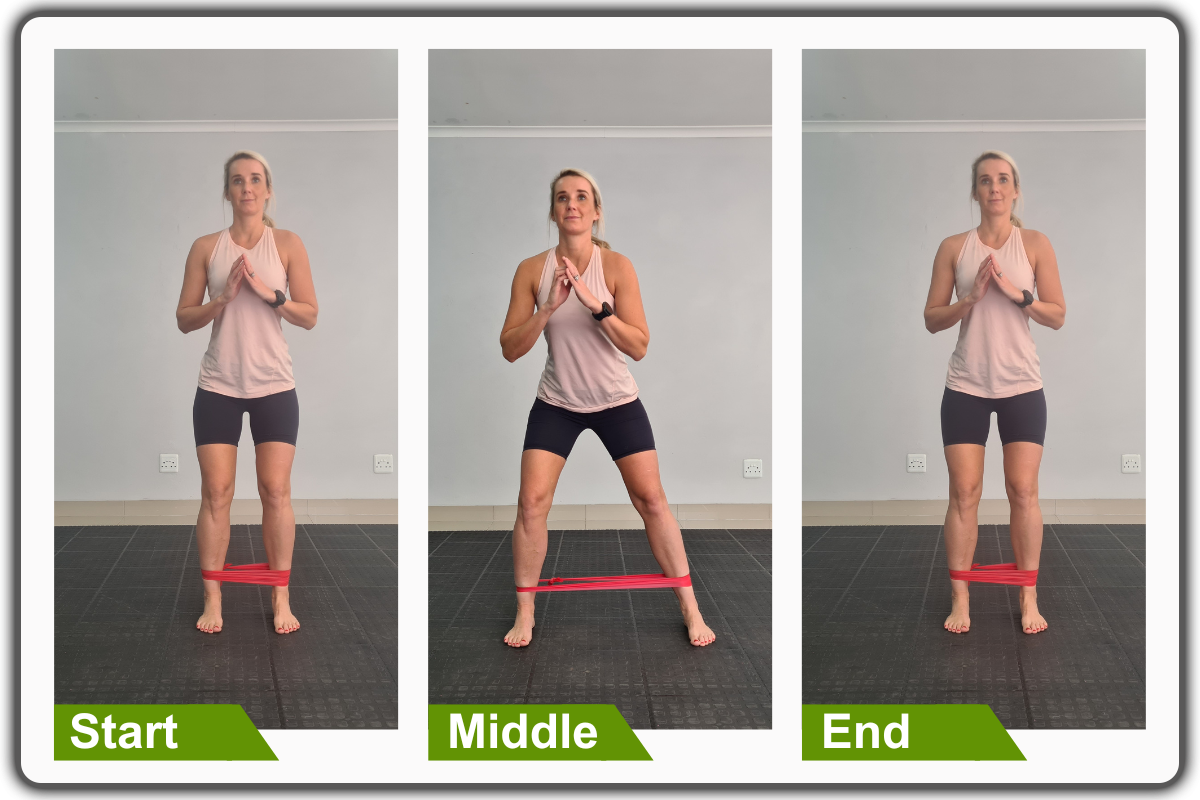
5. Wall Sits
Wall sits are excellent for strengthening the tendons that attach muscles and ligaments in your legs, especially around your knees.
Begin in an upright standing position with your back against the wall with your feet wider than shoulder-width apart, maintaining good alignment with your head, shoulders, and hips. Extend both arms forward at chest level. Engage your core and slide into a squat position, keeping your knees at a 90-degree angle. Hold the position for several deep belly breaths, in through your nose and out through your mouth. Repeat the movement with 5- 10 repetitions.
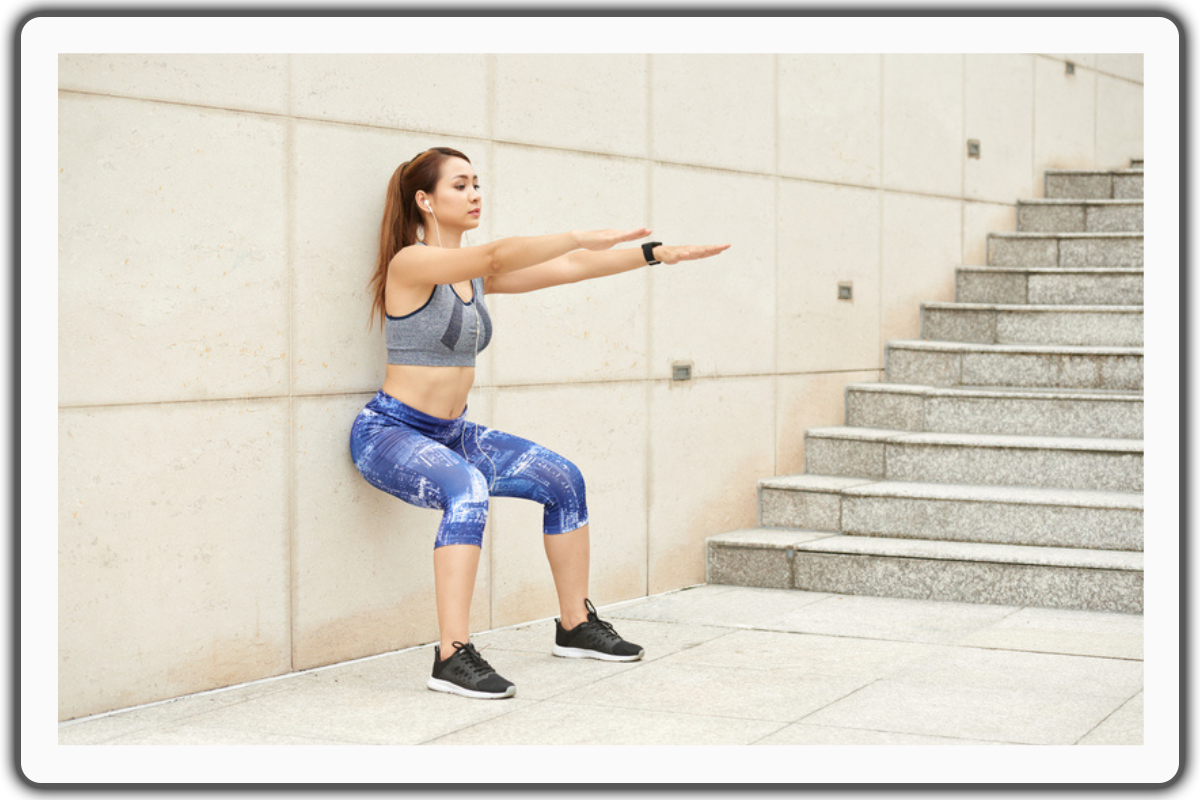
Remember, consistency is key. Incorporate these exercises into your routine to help keep your tendons and ligaments strong and healthy.
Benefits of Understanding Tendons and Ligaments
- Improved Mobility: Knowing how to care for these tissues can enhance your movement and flexibility. Connective tissue plays a crucial role in forming connections between muscles and bones, providing joint support and flexibility.
- Injury Prevention: Proper knowledge helps in preventing common injuries.
- Better Recovery: Understanding injuries leads to better recovery strategies.
Conclusion
Tons connect muscles and ligaments and play crucial roles in our body’s movement and stability. By understanding their differences and how to take care of them, we can lead healthier, more active lives. Have you ever had an injury involving tendons or ligaments? Share your story or drop any questions in the comments below!
FAQs
Q: Can tendons and ligaments heal on their own?
A: Minor injuries may heal with rest and proper care. Severe injuries, such as complete tears, often require medical intervention and can take a long time to heal.
Q: How do I know if I have a tendon or ligament injury?
A: Symptoms include pain, swelling, limited mobility, and sometimes a popping sensation during the injury. A healthcare professional can provide a diagnosis through physical exams and imaging tests.
Q: Are there any foods that help with tendon and ligament health?
A: A balanced diet rich in protein, omega-3 fatty acids, vitamins C and D, and minerals like zinc and magnesium can support tendon and ligament health.
Q: How long does it take to recover from tendon and ligament injuries?
A: Recovery time varies depending on the severity of the injury. Minor injuries may take a few weeks, while severe injuries can take several months to heal completely.
References
1- Tendon and Ligament Healing and Current Approaches to Tendon and Ligament Regeneration
Natalie L. Leong, Jamie L. Kator, Thomas L. Clemens, Aaron James, Motomi Enamoto-Iwamoto, Jie Jiang
First published: 17 September 2019 https://doi.org/10.1002/jor.24475 Citations: 137
2- Development and maintenance of tendons and ligaments
In collection: Musculoskeletal system Lauren Bobzin, Ryan R. Roberts, Hung-Jhen Chen, J. Gage Crump, Amy E. Merrill Author and article information Development (2021) 148 (8): dev186916. https://doi.org/10.1242/dev.186916
3- What Is the Evidence for Rest, Ice, Compression, and Elevation Therapy in the Treatment of Ankle Sprains in Adults?
Michel P.J. van den Bekerom, MD; Peter A.A. Struijs, MD, PhD; Leendert Blankevoort, PhD; Lieke Welling, MD, PhD; C. Niek van Dijk, MD, PhD; Gino M.M.J. Kerkhoffs, MD, PhD
J Athl Train (2012) 47 (4): 435–443.
https://doi.org/10.4085/1062-6050-47.4.14
